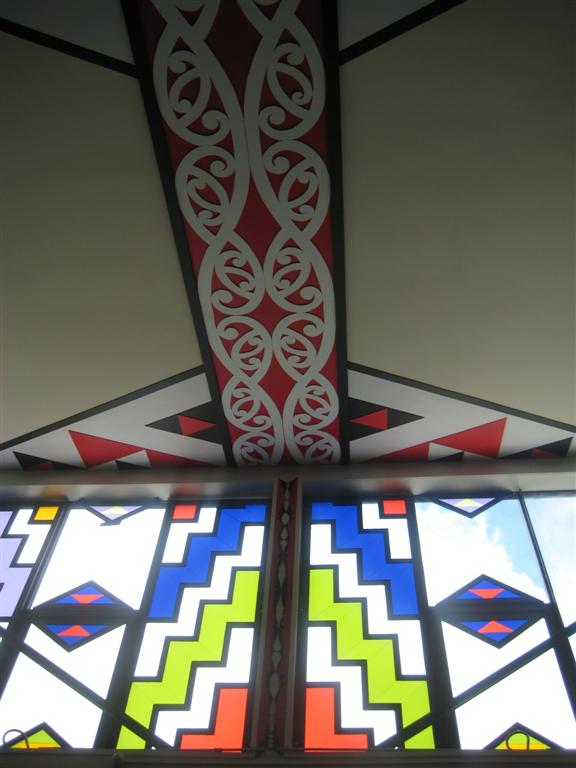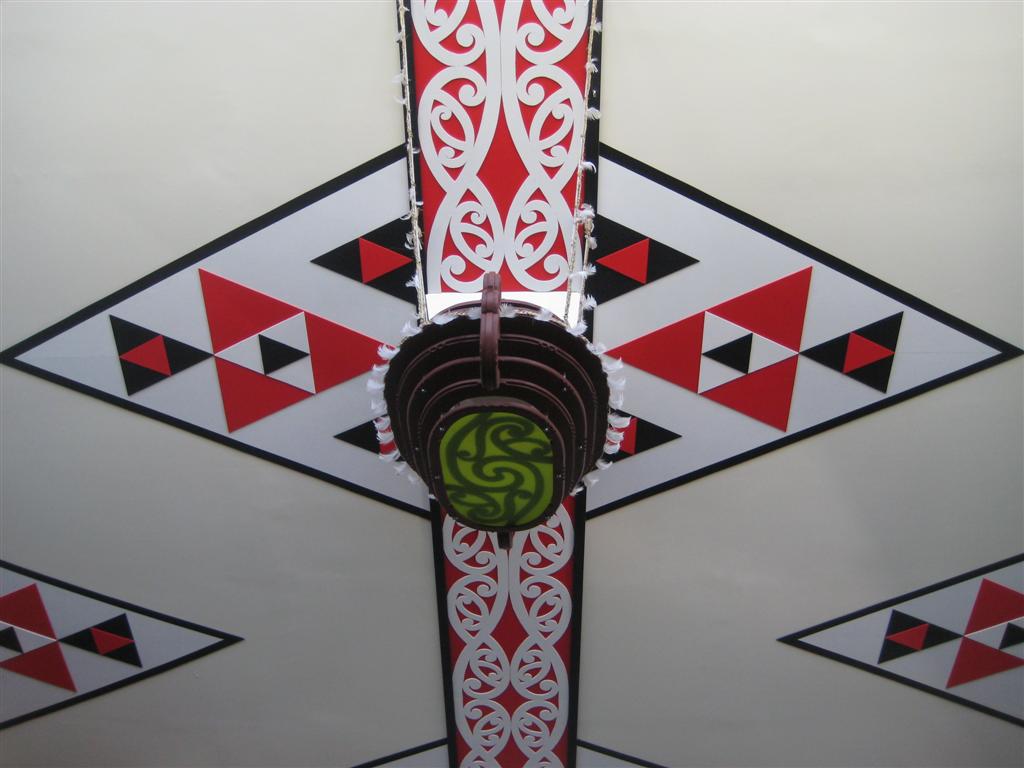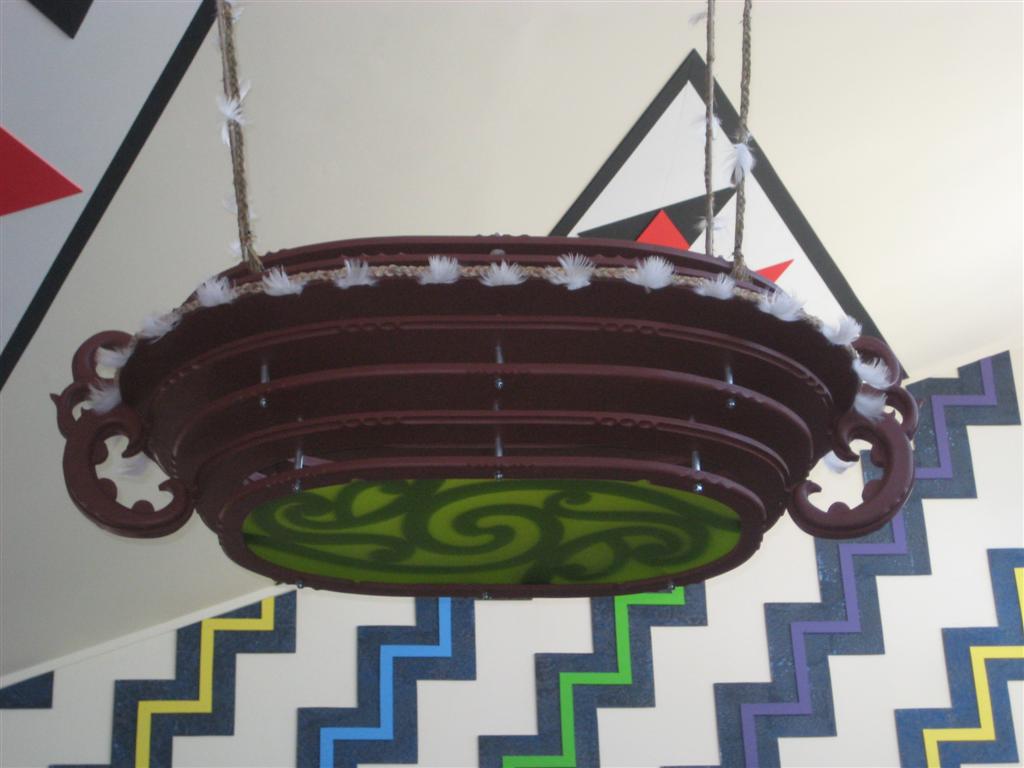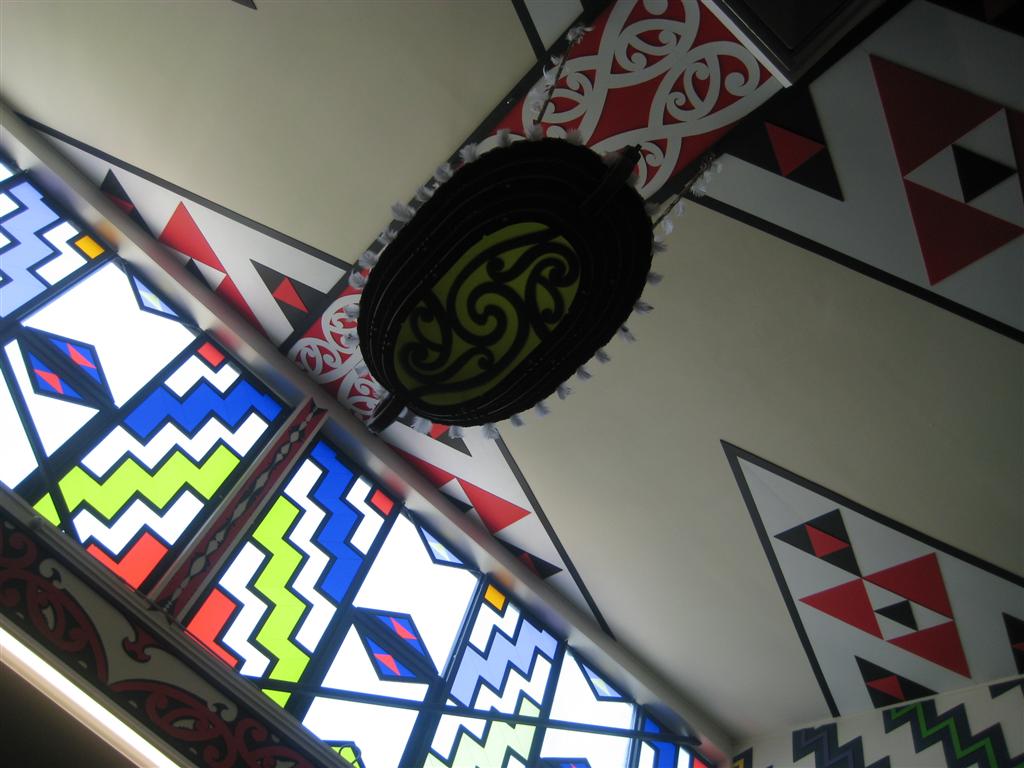Concept Design for Dinsdale Library
Concept and design drawings for the embellishment of the Dinsdale Library. The overall theme for this installation is based on the acquisition of knowledge. The library is a place that contains information, information is knowledge for those who seek it.
Following is a breakdown of the components and the means of the composition.
Description of design forms:-
Wall elevation window detail: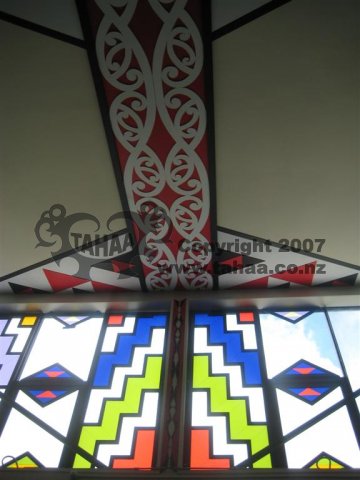
- Base kōwhaiwhai pattern below window
This design is a collaboration of a basic koru motif I know as ‘Tuakana, teina’. It references support systems and nurturing. This kōwhaiwhai represents the whenua (local area) and the succession of the people that occupy it. - Poutama
The poutama or ‘steps’ pattern has religious and educational connotations. The steps relate to levels of attainment and advancement. The poutama, in the context of this installation, is about the pursuit of understanding and knowledge through education and perseverance. - Pātikitiki
The design itself which is based on the flounder, indicates favourable harvests and abundant food, good weather and favourable times. - The Four Rohe (districts)
Hauraki
Waikato
Ngati Raukawa
Ngati Maniapoto - Materials
These panels will be fitted into the continual vertical window spaces.
Coloured panels will be made from coloured perspex allowing light to penetrate through.
Ceiling detail: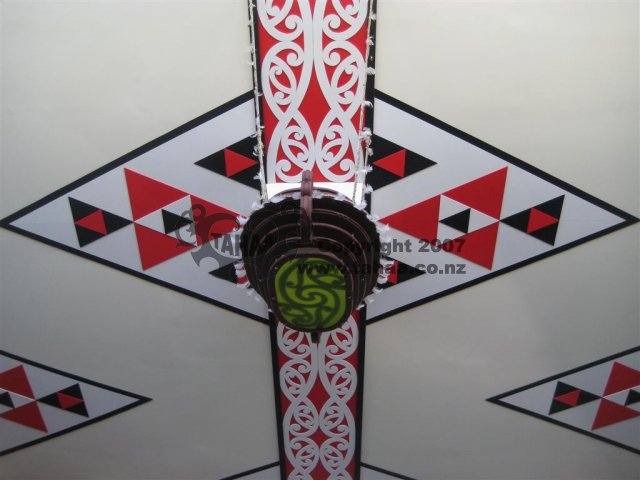
- Pātikitiki kōwhaiwhai pattern / Rangi and Papa
This pātikitiki kōwhaiwhai pattern (refer to above description) is also known to me as Rangi and Papa. The two main continuous manawa lines are Rangi and Papa and all the other koru shoots branching off them are all their children (ngā atua).
The Rangi and Papa pattern, in the context of this installation, is the Tāhuhu (back bone) or Manawa (heart line) to this composition. This signifies our origins, our lines of descent, our connections. - Nihotaniwhā
Literally the ‘nihotaniwha’ means ‘the teeth of the dragon’. This is a symbol for the fabulous or the fairytale symbol. It is usually placed next to someone endowed with fabulous characteristics. It is also the sign of the chronologer or historian. In some instances it represents the chief of a tribe and hospitality. It also represents family houses within the tribe.
The nihotaniwha pattern in the context of this installation represents whakapapa (genealogy) and whanaungatanga (family= whanau, hapu and iwi). These are our lines of descent, our family houses, our tribal groupings, our history, our cultures and our stories. - Materials
Custom board, acrylic paint and timber.
Side wall elevation detail:
- Poutama
Refer to above description of Poutama. - Materials
Custom board, acrylic paint and timber.
Wakahuia Mobile Installation: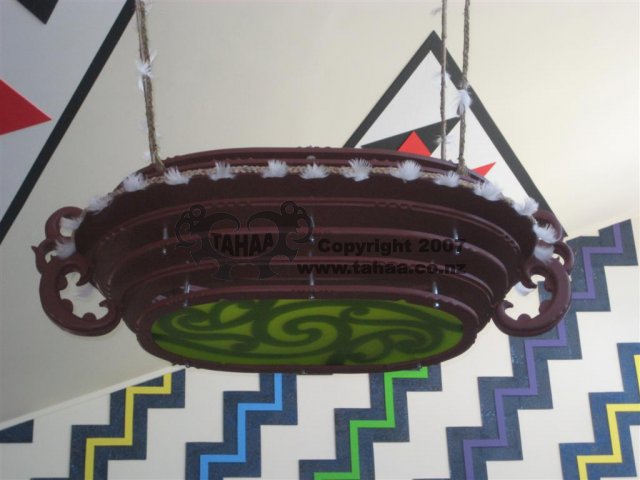
- Wakahuia
Wakahuia were used to contain prized possessions and articles of adornment, including the prized tail feathers of the huia bird, which gave rise to the name ‘wakahuia’. The boxes could be suspended from the house rafters by means of cords. The wakahuia, in the context of this installation, symbolises the containment of knowledge- something to be prized and valued. - Materials
Wakahuia to be made of 18mm custom board.
Boards are to be layered with gaps in between.
To be stained either red or black.
To be hung from the ceiling with plaited rope (taura)
To be adorned with feather arrangements.
One possible idea is to have a light suspended on the inside of the wakahuia.
* Notes have been taken from the korero of Pene Taiapa, Paki Harrison and Buddy Mikaere.
